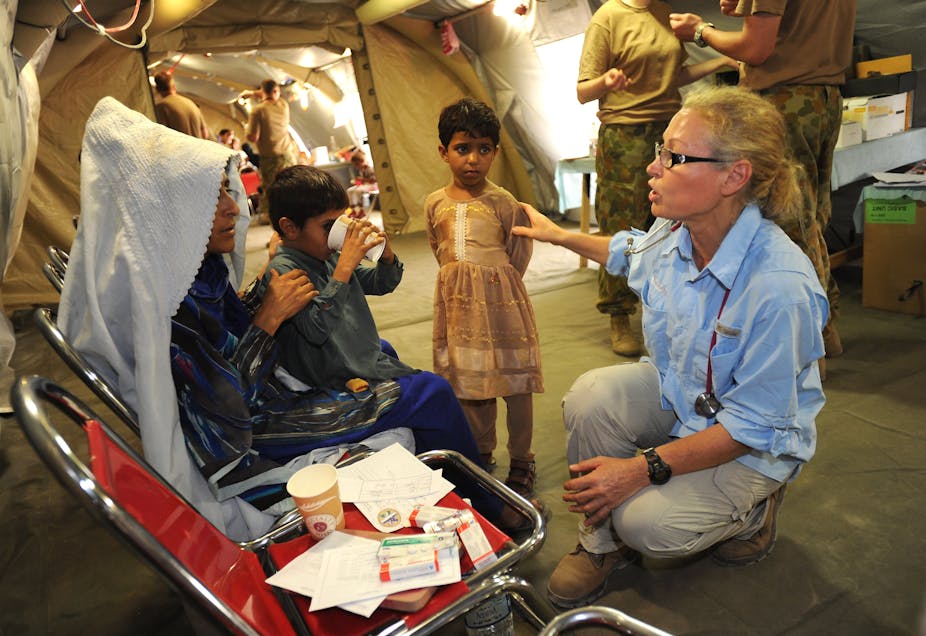The government has postponed its foreign aid target by a year as part of its 2012 Federal Budget, but has announced a raft of new measures to monitor the effectiveness of Australia’s aid programs.
The Conversation spoke to Stephen Howes, Director of the Development Policy Centre at ANU, about the future of Australian aid.
I think you could say this budget was pretty weak on scaling up the aid program but strong overall on effectiveness. It’s important to look at both dimensions, both quality and quantity.
In terms of the numbers, the government has pressed the pause button on the aid-to-Gross-National-Income ratio, which it had been increasing and had committed to increase to 0.5 by 2015.
So they’ve kept that at 0.35 this year. The follow-on is that they’ve pushed back the target of 0.5 by one year with a small increase this year – about $300 million, which is about a 4% real increase, in line with economic growth.
They had to push back the target and I think it will still be a huge challenge to meet it, even with the one year delay. That’s because, on average, you have to increase the aid budget by $1 billion per year to get to the 0.5 target, even a year later.
So it remains to be seen how serious the government is about the aid target, and it remains to be seen whether the opposition buys into this new delayed commitment. One of the positive features of the previous commitment was that it was an agreement between the two major parties.
In terms of effectiveness I think there’s a lot of good material that the government released with the budget. A lot of the responses to the aid review were contained in the budget. It will take some time to go through those documents and give a thorough evaluation, but we know they’ve released the four-year strategy.
So for the first time the government has released a strategy for how they’re going to scale up the aid program. It doesn’t take us to 0.5 but it does take us to 2015-16.
The government has also put out a results framework, so for the first time we can try to hold the aid program accountable. After all, when we don’t know what the program’s trying to achieve, it’s difficult to say whether or not it’s succeeding.
The government also announced the establishment of an independent evaluation committee. This is a senior, independent organisation that would oversee AusAID’s evaluations and ensure the quality and independence of those evaluations. That’s an important reform.
There are two other striking features relati to effectivenes. First, most of the increase this year is through global programs, rather than country programs – some 60% of that $300 million increase. So that means big increases to non-government organisations and multilateral organisations such as the Asian Development Bank and some UN agencies.
That’s something the aid review recommended and I think it makes a lot of sense for Australia to invest more heavily in other organisations rather than trying to do everything ourselves. Especially as we’re scaling up, we have limited capacity, we need to work more through others. I think that’s a positive development.
On the other hand, while there was no increase in the allocation to Latin America, there was no decrease either. The aid review had recommended we stop providing aid to Latin America.
And there is continued rapid expansion of the aid program to Africa, whereas the aid review had argued that country aid to Africa should be kept at a constant level. Rapid expansion of the Africa program doesn’t suggest enough consolidation of the aid program.
But overall the budget seem to be a big step forward on the effectiveness agenda. We should certainly see more effective aid coming out of the budget, though it’s not as much of an increase in aid as we would have hoped for, or indeed as the government had earlier committed to.

